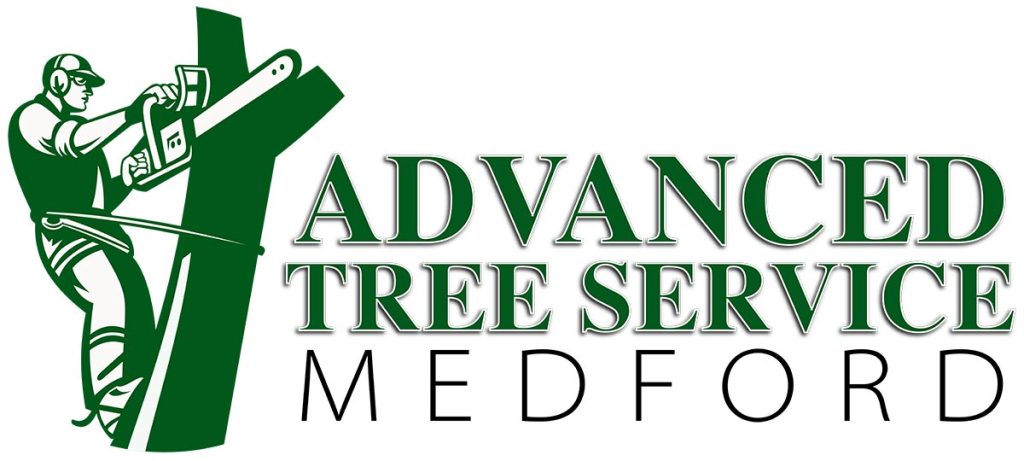While trees add beauty and value to a property, they can also pose serious risks if not properly maintained. Falling trees or branches can cause injuries, property damage, or even power outages. These hazardous trees are the responsibility of the property owner, who may be held legally liable if an accident occurs due to neglect. Since tree hazards aren’t always obvious, regular inspections by a certified arborist are essential to ensure safety.
Warning Signs of a Hazardous Tree
A tree may become dangerous for various reasons, and identifying these risks early can help prevent accidents. Signs that a tree may pose a safety hazard include:
-
Branches or limbs growing too close to power lines
-
Large branches extending over a neighbor’s property
-
Dead, detached, or hanging branches
-
Cavities or signs of decay in the trunk or major branches
-
Mushrooms growing at the base of the tree, indicating rot
-
Visible cracks or splits in the trunk or branch connections
-
Nearby trees that have fallen or died
-
A trunk that has started leaning unexpectedly
-
Multiple large branches emerging from the same point in the trunk
-
Damaged or exposed roots due to digging, pavement installation, or soil removal
-
Recent construction that has altered the soil level around the tree
-
Leaves that appear smaller than usual or have an unusual color
-
Surrounding trees that have been removed, increasing exposure to wind and instability
-
Poor pruning practices, such as tree topping, which weakens the structure
Preventative Tree Care
Routine maintenance and professional assessments can help identify and address potential tree hazards before they become serious threats. If you suspect a tree on your property may be hazardous, consulting a certified arborist is the best course of action. Taking proactive steps not only protects your property and loved ones but also ensures the long-term health of your trees.

